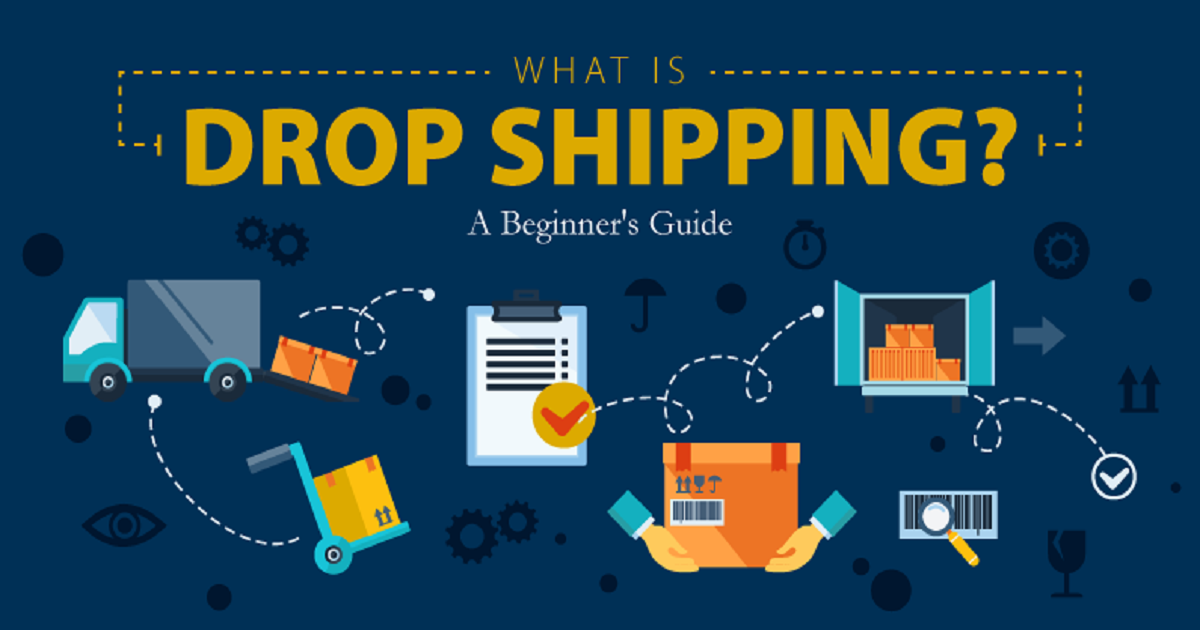If you’re interested in selling on Amazon, you should know how Amazon’s fulfillment center works. Amazon has specific packaging and prep requirements that sellers must follow in order to be successful. Be sure your product is packed properly, has the correct labels, and is shipped according to Amazon’s guidelines. If you’re not familiar with these requirements, read on to learn about other options. Fulltime Filmmaker explains how you can make Amazon fulfillment easy for you.

Among the many benefits of Amazon FBA are ease of customer service. Amazon’s customer service representatives handle returns and customer service, saving you from the hassle of handling customer complaints and returns yourself. The fulfillment center is also staffed with staff that understands the nuances of different languages. If your products have low turnover, Amazon will handle these issues for you. While you might save time and money by avoiding the hassle of customer service, it can cost you money.
Choosing to sell on Amazon FBA can increase your visibility on Amazon and boost your sales. Amazon FBA sellers get a Buy Box, which is featured in the Add-to-Cart section of the product details page. This placement increases the likelihood that a customer will choose your product instead of another. In addition, Amazon’s global marketplace gives you access to customers in many different markets. The global nature of Amazon’s marketplace is a great benefit for sellers who are interested in selling on the platform.
Amazon customers love the no-questions-asked return policy. While this creates good customer relations, it also increases returns. However, this no-questions-asked return policy is designed to keep the process simple for both the customer and vendor. To avoid the hassle of returns, be sure to understand your sales volume and keep the correct inventory. Managing inventory levels is easier if you use tools like TradeGecko stocks. You can also hire people to handle returns and keep customers informed.
Another major downside of Amazon FBA is the cost of storing inventory. Amazon charges for storage and fulfillment. Items that are not in demand will accrue more storage fees. If you’re selling large, expensive products with low turnover, you may want to consider shipping them directly to your customer. Amazon’s warehouses do not like storing products that are not actively for sale. It also has few branding options. You must make sure that you are able to follow Amazon’s rules.
Fulfillment by Amazon costs a lot. It’s vital for sellers to avoid paying for shipping if they want to keep costs down. However, there are other fees associated with Amazon FBA. You’ll need to finance large amounts of inventory. Then, you’ll have to pay high storage costs irrespective of sales. If you’re selling on Amazon and have no warehouse space, you’ll have to pay a lot for shipping and storage.
While selling on Amazon can be a lucrative sideline, you shouldn’t rely solely on FBA to succeed. There’s a big risk of losing money as the program requires an ongoing investment of time. Suppose you’re considering selling on Amazon as your sole occupation. In that case, you’ll want to learn more about the program’s requirements and make sure that your products are ready for a successful online business. You’ll also need to research the market to determine which products are the best-selling items.
Amazon is a huge marketplace, and figuring out how to make your product stand out among the many available products is not easy. However, you can follow some basic tips and tricks to maximize your sales potential. Make sure that your product titles and descriptions are optimized for search engines. Amazon customers always compare products to their competitors. By following these tips, you’ll be on your way to making more sales and earning positive reviews. It’s never too late to start an Amazon FBA business. And remember that the more professional your listings are, the better.
